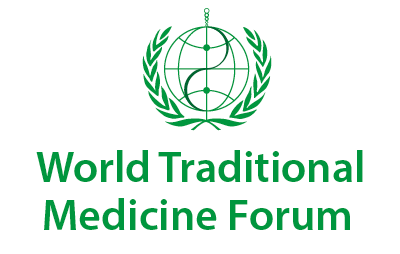
 i_need_contribute
i_need_contribute
Steel A1, Foley H2,3, Bradley R2,4,5, Van De Venter C2, Lloyd I6, Schloss J2,3, Wardle J2, Reid R2,3.
1
Australian Research Centre in Complementary and Integrative Medicine, Faculty of Health, University of Technology Sydney, Level 8, Building 10, 235-253 Jones St, Ultimo, NSW, 2006, Australia. Amie.steel@uts.edu.au.
2
Australian Research Centre in Complementary and Integrative Medicine, Faculty of Health, University of Technology Sydney, Level 8, Building 10, 235-253 Jones St, Ultimo, NSW, 2006, Australia.
3
Office of Research, Endeavour College of Natural Health, Brisbane, Australia.
4
Helfgott Research Institute, National University of Natural Medicine, Portland, OR, USA.
5
Division of Preventive Medicine, University of California, San Diego, La Jolla, CA, USA.
6
World Naturopathic Federation, Toronto, ON, Canada.
BACKGROUND:
Naturopathy is a distinct system of traditional and complementary medicine recognized by the World Health Organization and defined by its philosophic approach to patient care, rather than the treatments used by practitioners. Worldwide, over 98 countries have practicing naturopaths, representing 36% of all countries and every world region. The contributions of naturopaths to healthcare delivery services internationally has not been previously examined. Thus, the primary intention of this research was to conduct an international survey of naturopathic practice and patient characteristics in order to gain insight to the breadth of their practices and the type of clinical conditions routinely encountered.
METHODS:
The cross-sectional study was conducted in naturopathic clinics in 14 countries within 4 world regions including the European (Portugal, United Kingdom, Switzerland, Spain), Americas (Canada, United States, Chile, Brazil), Western Pacific (Hong Kong, Australia, New Zealand) and African (South Africa). Naturopathic practitioners in each country were invited to prospectively complete an online survey for 20 consecutive cases. The survey was administered in four languages.
RESULTS:
A total of 56 naturopaths from 14 countries participated in the study, providing a mean of 15.1 cases each (SD 7.6) and 851 cases in total. Most patients were female (72.6%) and all age categories were represented with a similar proportion for 36-45 years (20.2%), 46-55 years (19.5%), and 56-65 years (19.3%). A substantial majority (75%) of patients were considered by the participant to be presenting with chronic health conditions. The most prevalent category of health conditions were musculoskeletal (18.5%), gastrointestinal (12.2%), and mental illness (11.0%). The most common treatment categories prescribed or recommended to patients by the participants were dietary changes (60.5%), lifestyle and behaviour changes (56.9%), herbal medicines (54.2%) and nutritional supplements (52.1%). Many patients were known by participants to be receiving care from a general practitioner (43.2%) or a specialist medical practitioner (27.8%).
CONCLUSIONS:
Naturopathic practitioners provide health care for diverse health conditions in patients in different age groups. The global population would benefit from researchers and policy makers paying closer attention to the potential risks, benefits, challenges and opportunities of the provision of naturopathic care within the community.
KEYWORDS:
Health services research; Naturopathy; Practice behaviours; Primary care; Survey
PMID:
32070338
PMCID:
DOI:



